Last updated on
Dive into this comprehensive guide and discover practical strategies to declutter your makeup collection, enabling a more organized and efficient beauty routine.
Overflowing makeup drawers and disorganized vanities can be overwhelming. The solution lies in a strategic decluttering session that not only simplifies your makeup routine but also keeps your products in better condition.
This article will guide you through an effective and manageable makeup decluttering process, offering practical tips to categorize, purge, and organize your beauty products.
From identifying expired items to creating a system that works for your needs, every detail will be covered to ensure your makeup collection is streamlined, organized, and enjoyable to use.
Table of Contents
Identifying the Need to Declutter Makeup
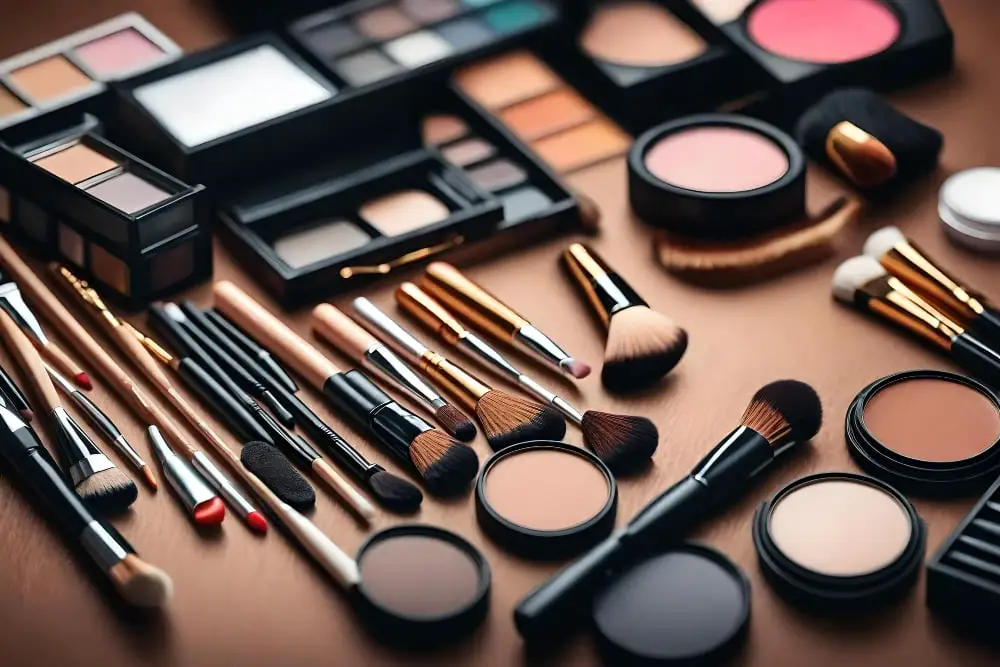
Buried at the bottom of an overflowing makeup bag, many unused or forgotten products lurk. Colours and formulas that looked appealing in the store are unsuitable or unworn in everyday life.
Additionally, acquiring new items can sometimes overshadow the older, but still valuable, products. These circumstances warrant decluttering.
Parallely, a disorganized vanity area can also add unnecessary stress to your morning routine, leading to rushed and often imperfect applications.
Unchecked, these issues pile up, mirroring the stacks of unused lipsticks and eyeshadow palettes. Understanding and acknowledging these scenarios is the first step towards a more streamlined, effective makeup collection.
When to Declutter Makeup
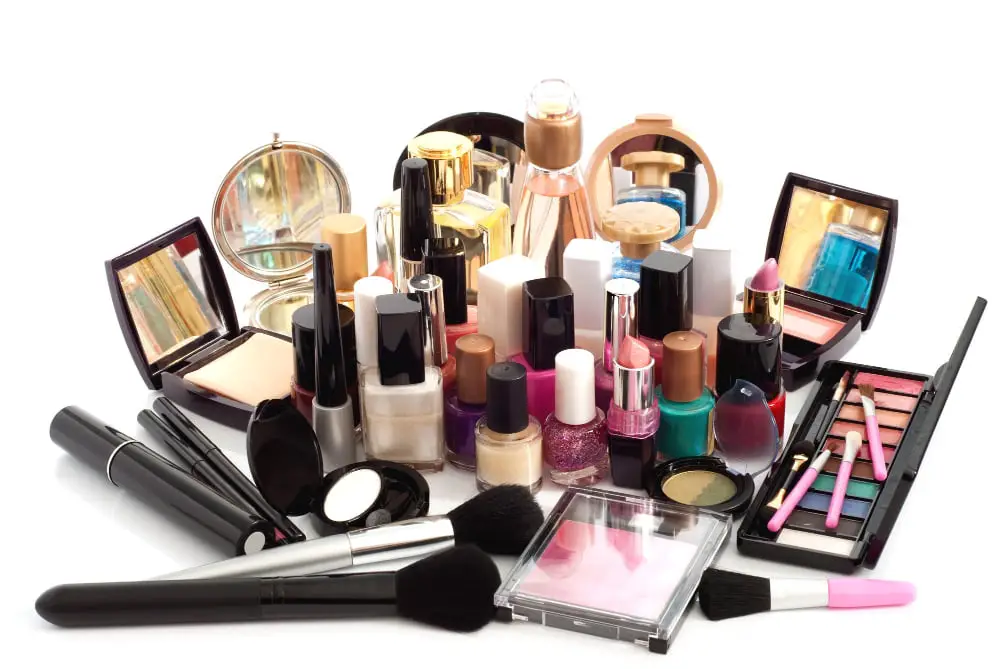
It’s crucial to regularly clear out and clean up your beauty stash. A good rule of thumb is to do this at least every six months, although it may vary depending on the type, quantity, and usage of the products.
Some items have shorter lifespans and may need more frequent assessment. Cosmetic products aren’t meant to last forever; their textures, smells, and colors can change over time, causing skin irritations or breakouts.
Furthermore, taking note of when you opened an item can help in determining if it’s time to toss it out. Thus, routinely decluttering allows you to keep track of your products’ condition and ensure they are safe and effective to use.
Being aware of this timing is a cornerstone step in the decluttering process. It promotes a healthy skin regimen and contributes to an organized, efficient makeup routine.
Recognizing Expired Makeup
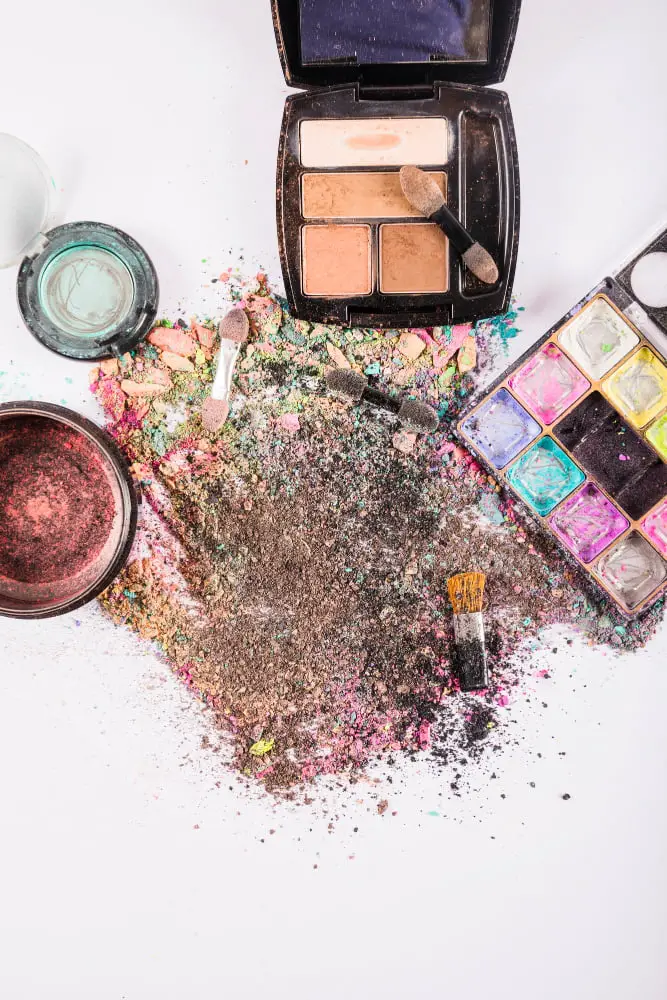
Every makeup product has a period after opening (PAO) symbol, often depicted as an open lid icon with a number followed by ‘M’, which stands for months.
This symbol provides information on how long the product is safe to use after it’s first opened.
For instance, a ‘6M‘ indicates the product should be used within six months.
However, some other tell-tale signs can indicate an expired product.
These include changes in the product’s color, consistency, or smell.
Mascara or liquid liner drying out, lipstick getting hard, or foundation separating are common indicators of expiration.
Be sure to discard any products that cause irritation or look or smell different than when they were newly purchased.
Checking Expiry Dates of Products
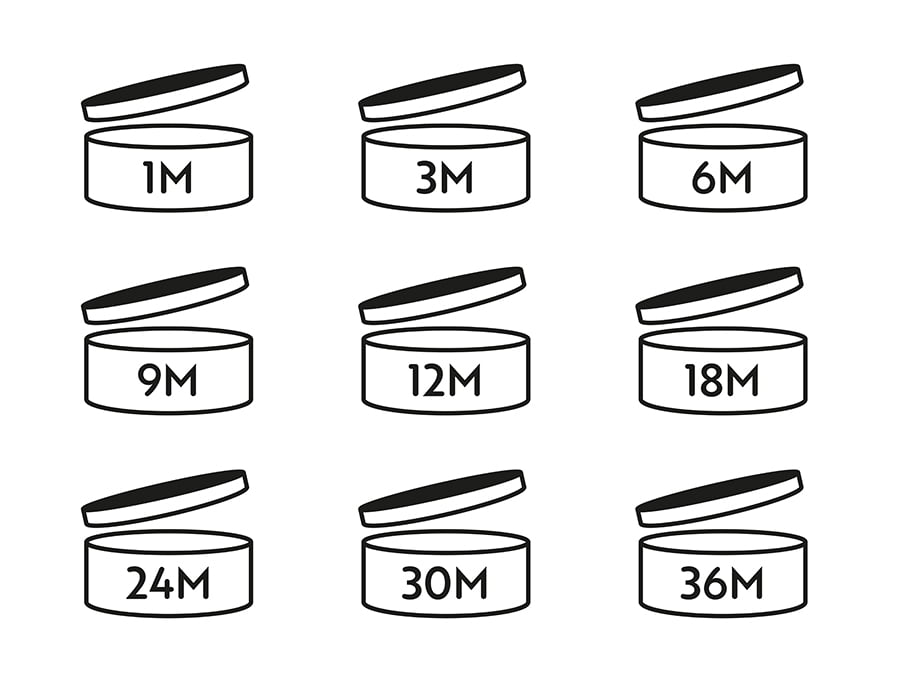
First, gather all your makeup and check each product for an expiry symbol: an opened jar accompanied by a period of use (eg. “12M” for 12 months). Start counting from the time you opened the product.
For items without this symbol, consider the type and texture of the product. For instance, liquid foundations last for about a year, while powder-based products like blushes and eyeshadows can last up to two years. Lipstick and lip gloss are generally good for a year, whereas eyeliner and mascara should typically be replaced every three months due to the risk of bacterial growth.
By doing this, you can reduce skin infections triggered by the application of outdated makeup. Keep in mind, when a product changes color, texture, or odor, it’s likely expired, regardless of the listed date.
Assessing Makeup Items for Daily Use
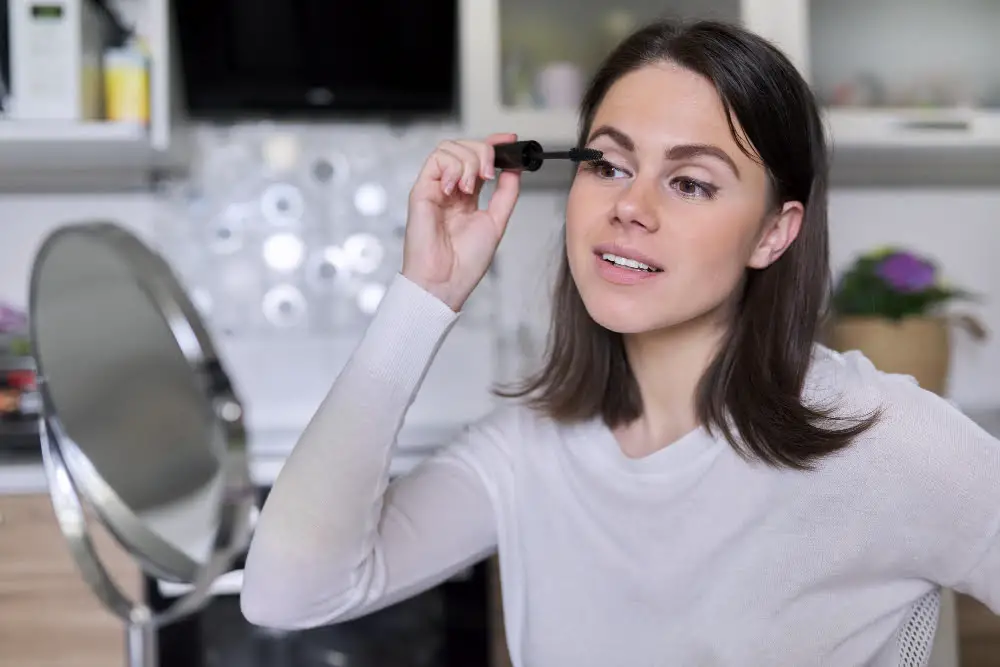
Start by laying out all your beauty products. Observe the items you reach for on a regular basis, like your go-to lipstick shade, your favorite mascara, and the foundation that perfectly matches your skin tone.
These are the essentials that you should keep, as they form the basis of your daily routine. Also, take note of the items you haven’t used in the last six months. These are likely products that don’t suit you, or perhaps you bought them on a whim.
It will be beneficial to remove these from your collection, as they only take up space and contribute to clutter. Remember, the goal is to keep only those items that you love using and that enhance your natural beauty.
Steps to Makeup Declutter
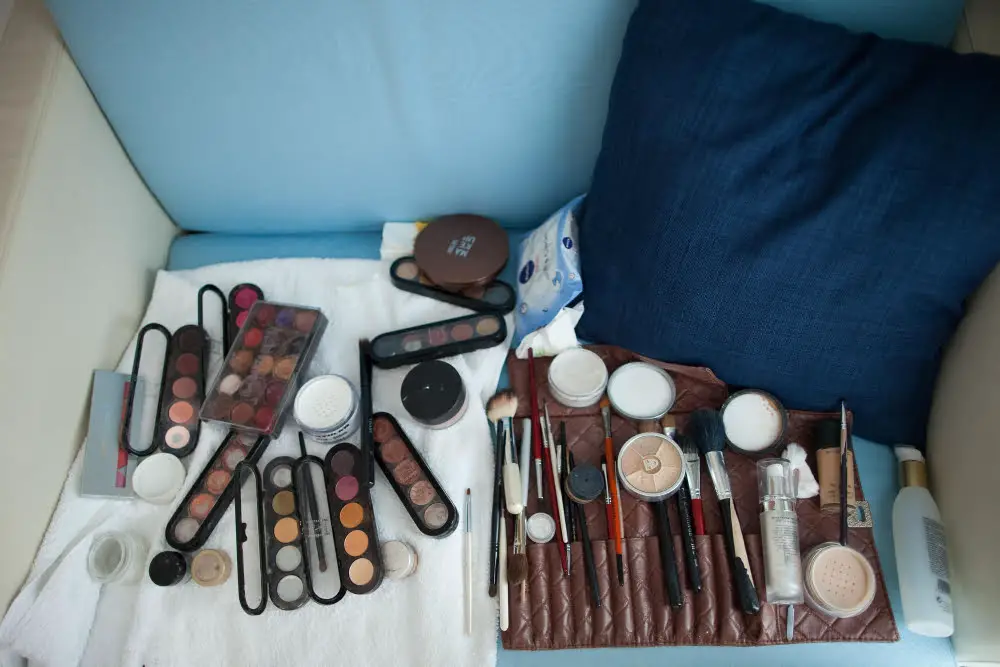
Begin by gathering all beauty products from every corner of your home – check purses, bathroom shelves, bedside tables, and of course, your vanity. Once collected, start the sorting process.
Initially, separate them into three main groups: daily use, occasionally used, and never used. The “daily use” group typically contains your favorite products you can’t go a day without. “Occasionally used” comprises products used for certain occasions or specific makeup looks. Lastly, the “never used” group usually contains impulse buys, gifts, or shades that didn’t fit as expected.
Next, closely inspect each product in all groups for expiration dates, peculiar smell, or change in texture. If a product ticks any of these boxes, it is time for it to retire.
Focus on the remaining “never-used” items. Selling or donating unused or gently used items can be beneficial.
After culling your collection, assess the remaining items critically. If there’s a product you’re reluctant to let go of but know deep down it’s not serving you, consider having a ‘maybe box’. This is a box for items you’re unsure about. If you don’t reach for them in the next three months, it might be time to say goodbye.
It’s crucial to repeat this process periodically to maintain a streamlined collection. Once completed, you’ll discover how much easier and enjoyable it is to get ready when you own only products that you love and use.
Sorting Your Makeup

Begin by separating your products into categories, such as lipsticks, eyeshadows, foundations, and so on.
Within these groups, consider further division based on product types, like liquid vs. powder eyeshadows or matte vs. glossy lipsticks.
Sort your tools as well—brushes, sponges, curlers, etc.—since they play a crucial role in your daily routine.
This organized segregation will make the following steps easier and more precise.
Remember to clear a sizeable workspace that can accommodate all these product categories to avoid overflowing or mixing them back together.
Discarding Null or Expired Items
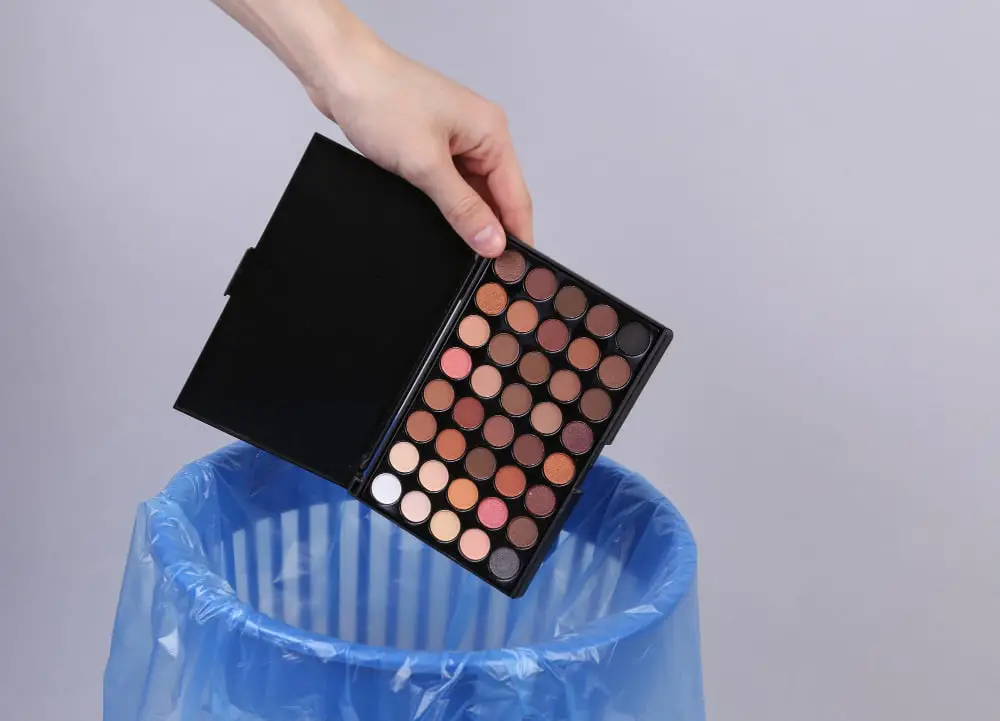
Be rigorous with the purge – sentimental value or initial cost should not influence this pivotal step.
Ensure to inspect each product’s timeline for use after opening – often indicated by a small opened jar icon with a number, which stands for the number of months.
Eye makeup, such as mascara and eyeliner, need to go every three months; lipsticks and lip glosses can last two years, while powder-based makeup like blush and eyeshadow can serve up to two years.
Also, discard those products that you do not use anymore, are broken, or have changed in texture or smell.
Never risk skin irritations or infections by holding onto products past their use-by date.
You may also consider disposing of duplicates or near-identical shades. It’s safer and more efficient to possess fewer, high-quality items that suit your complexion and style.
Safe Disposal of Makeup

It’s important to dispose of beauty products responsibly. Tossing them in the bin might seem like the easiest method, but it could result in harmful chemicals leaching into the environment.
Also, makeup containers often contain plastic that can be challenging to recycle. However, numerous brands offer recycling programs where you can return used containers.
Another way is to contact your local waste disposal facility for guidelines on discarding cosmetics. For instance, liquid-based products usually need to be dried out before disposal.
In the case of expired mascara or eyeliner, never wash these off into the sink or flush them. The remnants can pollute waterways and harm marine life.
Dried materials, like lipstick or compact powders, are safer to put in regular trash. However, always try recycling the packaging if possible.
The goal is to make the decluttering process as eco-friendly as possible while keeping the space neat and tidy.
Benefits of Makeup Declutter
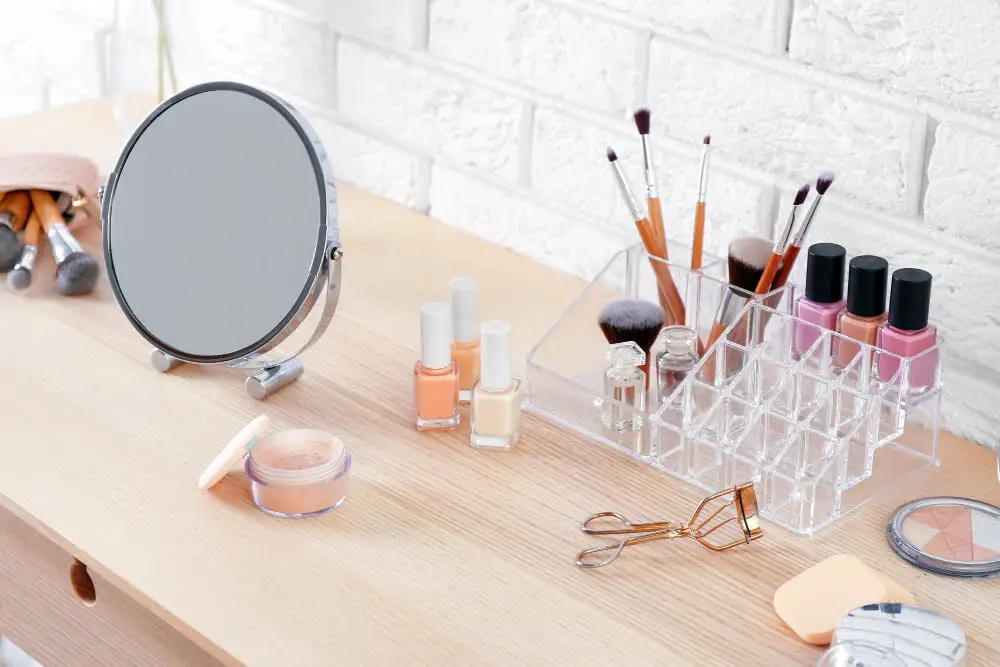
A decluttered makeup collection means more than just a tidy vanity; it brings multiple advantages.
Firstly, it streamlines your beauty regimen. With less confusion and fewer products to sift through, your daily routine becomes quicker and more efficient.
Secondly, it prolongs the shelf-life of your products. Storing them more spaciously reduces damage and contamination risks. Finding expired items swiftly is also easier.
Thirdly, decluttering showcases your favorites and most-used items, ensuring they don’t hide behind less frequently used ones.
Lastly, it facilitates responsible consumer habits. By recognizing what you truly use and love, superfluous, impulsive buying is reduced.
Donating Unused Makeup to Charities
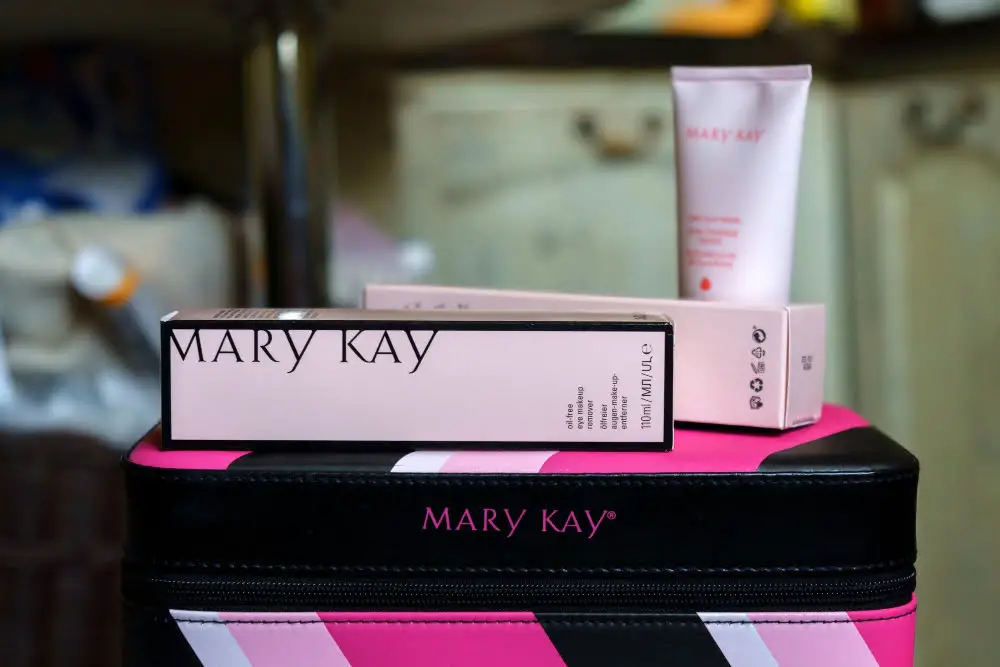
Before you discard your unused items, consider donating them to charities that accept gently used or unopened beauty products.
Several non-profit organizations distribute donated makeup to individuals in need, including women re-entering the workforce or victims of natural disasters.
Depending on the organization’s guidelines, you can donate lipsticks, eyeshadows, brushes, or even skincare products that no longer serve your beauty routine.
Remember to check that your donations are in good condition, unused, or lightly used and sanitized.
If you don’t know where to donate, a simple online search can yield a list of local charities and shelters that will gladly accept your makeup donations.
By doing so, you’re not only decluttering but also contributing to a meaningful cause.
Recycling Empty Makeup Containers
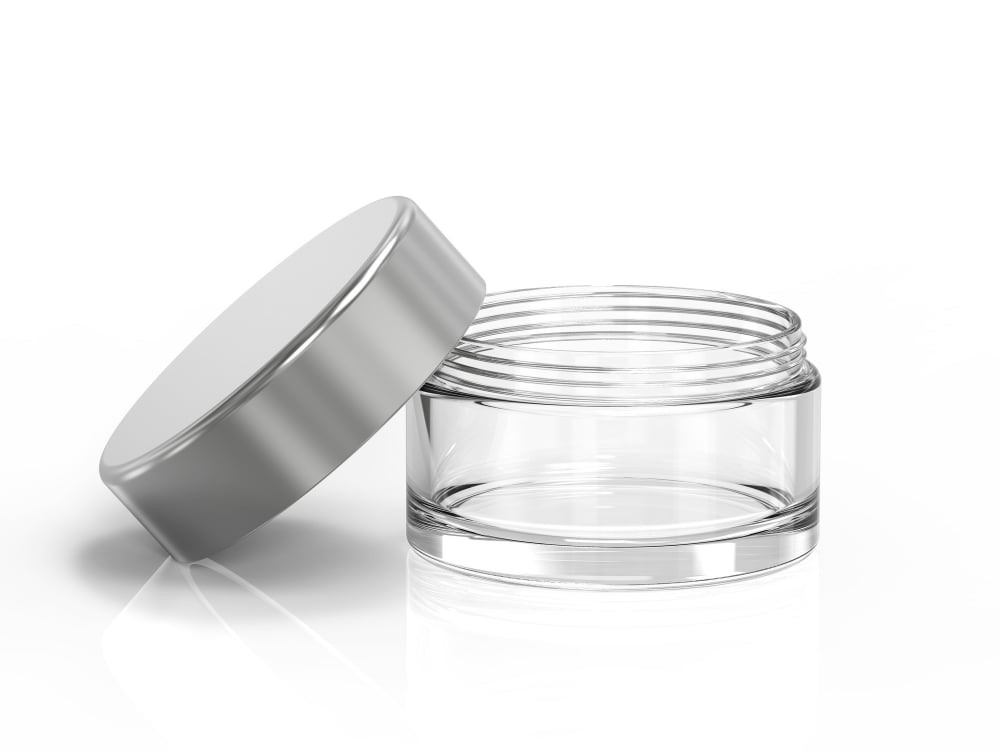
Consider the environmental impact and breathe new life into your empty beauty containers through recycling. Many brands have recycling programs that reward you for returning used packaging. Look up your favorite brands to check if they have such initiatives in place.
Plastic containers can often be recycled curbside, depending on your local recycling guidelines. Prior to recycling your empty containers, clean them thoroughly to remove any residual product.
For items not suitable for standard recycling, like mascara wands and lipstick tubes, consider specialized makeup recycling programs such as TerraCycle. Always remember, every little bit of recycling makes a significant impact towards sustainable living, helping us step closer to a greener planet.
Tips On Selling Unused Products

Consider online platforms like eBay, Poshmark, or Facebook Marketplace to find interested buyers. Make sure to provide accurate images and detailed descriptions of the products, emphasizing their unused state.
Additionally, highlight any limited-edition items or products from high-end brands – these are likely to draw more attention. Always disclose the date of purchase to ensure transparency, especially for items that don’t have evident expiry dates.
Lastly, price your items reasonably by factoring in the original cost, the product’s condition, and how much similar items are selling for. Remember to consider shipping costs when deciding on your final prices.
This way, you can recover some of the costs while creating an efficient and clutter-free makeup environment.
Organizing Post-Declutter
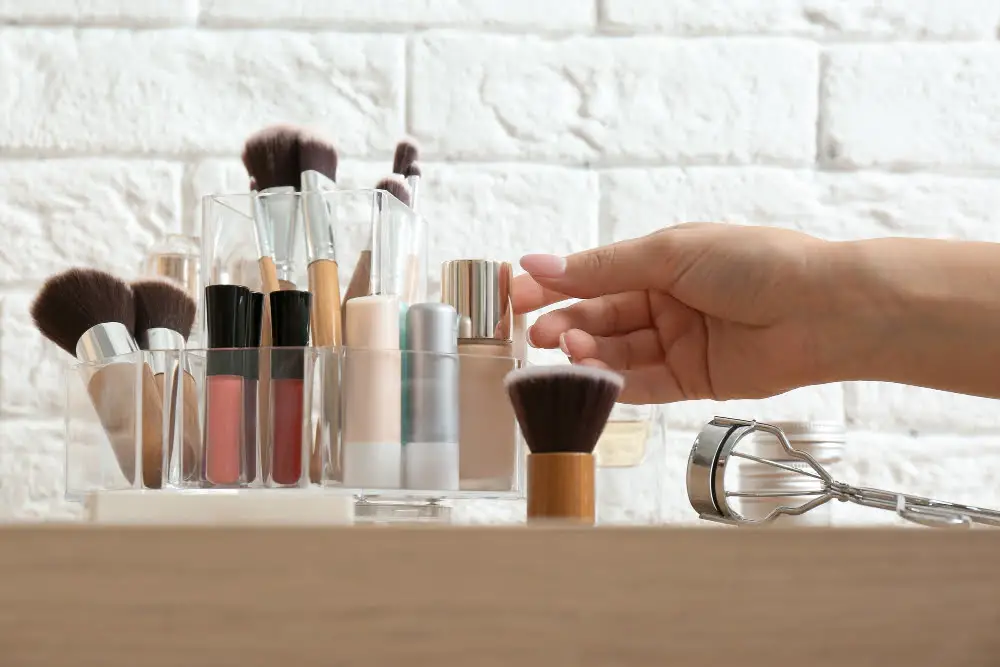
Once you’ve pared down your makeup collection, it’s time to implement an organization system that will maintain cleanliness and order.
Start by cleaning and sanitizing your storage area. Separating by categories such as lipstick, eyeliner, foundation, and others will help you easily locate items.
Consider utilizing storage solutions like makeup organizers, draw dividers, or holder cups.
For frequent-use items, ensure your storage solution allows easy access.
Use labels for lesser-used items or those stored out of sight.
Rotate makeup regularly, keeping the oldest at the front, ensuring you use them up before the expiry date.
Finally, ensure to create a functional, user-friendly setup that motivates you to keep your collection neat and organized.
Maintaining a Clutter-Free Collection
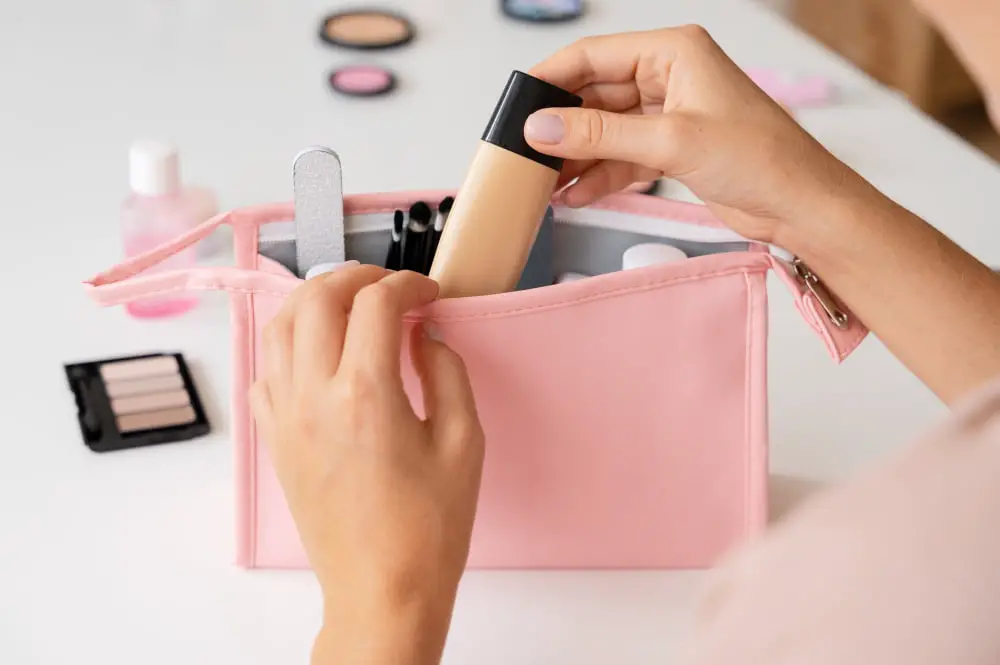
Establish a system for routine checks of your collection, focusing on expiry dates and usage frequency.
Clear your makeup bag weekly, removing unwanted residues and cleaning brushes to prolong their usability.
Consider quarterly reviews of your collection to rid it of items unused during the period.
Visual cues can be a great tool for maintenance; opt for clear makeup organizers to easily spot items and keep them neatly stowed.
To make the most out of your products, follow the “one in, one out” rule—buy a new product only when you finish or discard an old one.
This approach promotes mindful buying and helps in sustaining a clutter-free collection.
Keeping Your Makeup Collection Organized

Effectively storing makeup after decluttering keeps it accessible and ready for use. First, make sure to keep daily use items such as foundation, mascara, or your favorite lipstick, in an easily accessible spot.
For seldom-used items, consider clear storage containers—they help you easily locate what you need without rummaging. Label the containers for better organization, if need be.
Consider prospective seasonal changes: keep winter shades up front in cooler months and summer ones when the weather warms. Rotate them accordingly to ensure no item sits unused for too long.
Investing in drawer separators can be highly beneficial. They compartmentalize your storage, preventing different items from mixing up and maintaining order.
If your collection includes a lot of brushes, consider using brush holders to maintain their shape and ensure they dry properly after washing. In case of limited space, try incorporating vertical storage like standing organisers or makeup towers.
Lastly, adopt a system that suits you. If you’re a lip product enthusiast, organizing by different categories—lipsticks, glosses, or balms—may work.
On the other hand, if you stick to a particular brand, it might be helpful to arrange items by product name. The key is to ensure a smooth, streamlined experience every time you use your collection.
Embracing a ‘No Buy’ Challenge

A ‘No Buy’ challenge can be an effective strategy in curbing the tendency to accumulate unnecessary products. To execute, set a specific timeframe — a month, for example — during which no new makeup purchases are allowed.
This encourages the utilization of existing products and hones the understanding of what’s truly essential in your collection. Embrace this challenge periodically throughout the year to maintain a streamlined, functioning, and clutter-free makeup set. It’s not only beneficial for reducing physical clutter, but somewhat therapeutic in affirming control over consumption patterns.
Remember, the goal isn’t deprivation, but conscious, informed decisions about what truly serves your beauty regimen the best.
Must-Keep Makeup Essentials
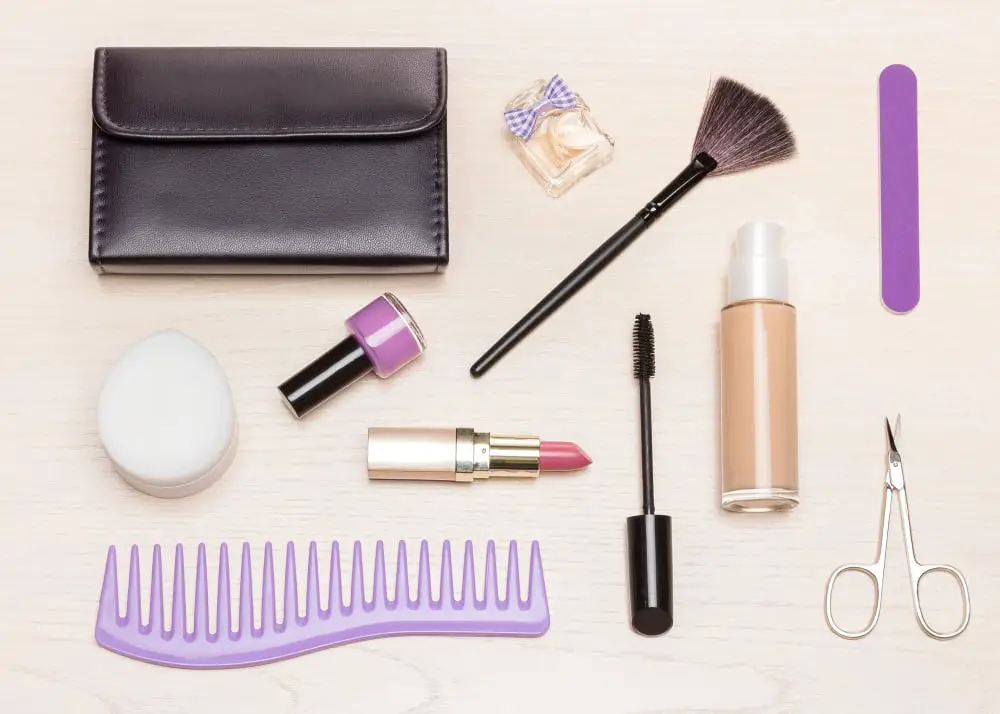
Taking into consideration the products that are frequent flyers in your makeup routine will streamline your collection effectively.
Foundation, concealer, mascara, and a flattering lipstick or lip gloss are basics that cover most situations.
Supplement these with a neutral eyeshadow palette, a blush for that healthy flush, and a highlighter to accentuate facial features.
Skincare is equally significant, so keep a trusted moisturizer, sunscreen, and makeup remover at hand.
This list might vary slightly depending on personal preference but it provides a good starting point.
Remember, the key is to keep items versatile and frequently used.
This helps minimize clutter and simplifies your daily beauty routine.
Maintaining a Clutter-Free Makeup Space
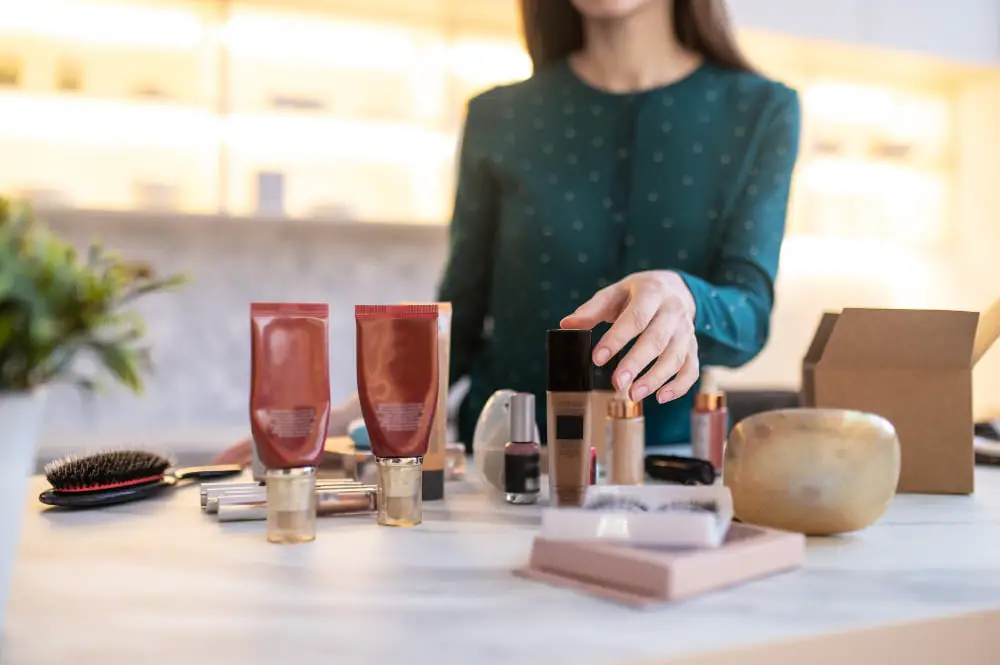
Regular check-ins can help preserve the state of your organized makeup space.
Once every month, review your collection, ensuring all items are still usable, frequently used, and well-organized.
If you receive new makeup products, promptly allocate a suitable place for them to fit into your existing system.
Try to embrace a minimalist approach; less is more.
Stick to quality over quantity, keep only items that truly work for your skin type and tone, and let go of the rest.
This regime not only saves space but reduces decision fatigue when applying your makeup.
Develop a habit of immediately returning items where they belong after use.
A small step that prevents cumulative disorganization.
This, along with a dedicated cleaning routine for your makeup tools, will ensure a pristine, clutter-free makeup environment.
Finally, document all new additions to your collection, along with their expiry dates.
This ensures you’re well-informed about what you own and prevents overflow of expired or unused products.
A clutter-free makeup space is not a one-time achievement, it’s a lifestyle choice.
So, be consistent and persistent.
FAQ
What does decluttering makeup mean?
Decluttering makeup refers to the process of systematically evaluating your makeup collection and discarding items that are expired, unused, improperly sealed, or no longer desirable.
How do you declutter makeup and toiletries?
To declutter makeup and toiletries, discard expired products, donate unopened items to charities, give usable opened items to friends or family, and refrain from returning them to your storage spaces.
What are the benefits of decluttering your makeup and toiletries?
Decluttering your makeup and toiletries promotes cleanliness, extends product lifespan, enhances efficiency in routine, safeguards health by eliminating outdated items, and encourages mindful spending habits.
Can decluttering your makeup positively impact your skin health?
Yes, decluttering your makeup can positively impact your skin health by minimizing the risk of exposure to expired products and reducing bacterial contamination.
How often should you declutter your makeup drawer for optimal organization and hygiene?
For optimal organization and hygiene, it’s ideal to declutter your makeup drawer every 3 to 6 months.




